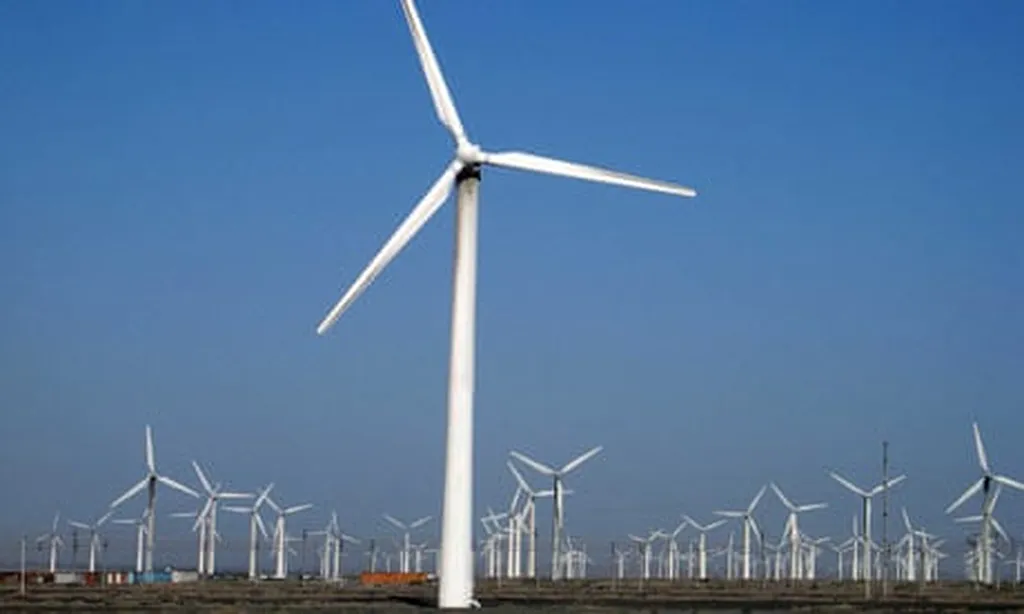In the quest to decarbonize the U.S. power grid, a groundbreaking study offers a novel approach to reducing greenhouse gas emissions without sacrificing energy consumption. Published in the journal “Cell Reports Physical Science,” the research, led by Honglin Li from the Department of Mechanical Engineering at The University of Texas at Dallas, focuses on demand-side load regulation using real-time greenhouse gas (GHG) emission data. This innovative strategy could significantly reshape how the energy sector approaches carbon reduction, offering both opportunities and challenges for commercial stakeholders.
The U.S. has set an ambitious target of achieving net-zero-carbon electricity by 2035. To meet this goal, both supply-side and demand-side strategies are crucial. Li’s study zeroes in on the demand side, proposing a method to optimize electricity use based on real-time GHG emission data. This approach allows for a reduction in the carbon footprint without cutting overall energy consumption, a win-win for both environmental sustainability and economic viability.
The research highlights the potential for substantial carbon footprint reduction through tailored strategies. For instance, California could see a 32.58% increase in emission reduction by shifting from quarterly to annual optimization. In grids with diverse generation resources, expanding the adjustment range from ±5% to ±8% could boost carbon reductions from 1.19% to 1.64%. These findings underscore the importance of adapting strategies to the unique characteristics of each grid.
Li emphasizes the significance of real-time data in driving these optimizations. “By leveraging real-time GHG emission data, we can make more informed decisions about electricity consumption, leading to significant reductions in carbon emissions,” Li explains. This data-driven approach not only enhances the efficiency of load regulation but also provides valuable insights for policymakers and energy providers.
The study also reveals that areas with low GHG intensity fluctuations are more cost-sensitive in electricity consumption compared to high fluctuation areas. This insight is crucial for developing customized policies that address the specific needs and challenges of different regions. For example, grids with a mix of energy sources could benefit from wider consumption adjustment ranges, while areas with varying GHG intensity fluctuations may require different regulatory approaches.
The commercial implications of this research are vast. Energy providers can use real-time GHG emission data to optimize their operations, reducing costs and enhancing sustainability. Policymakers can develop more effective regulations that align with the unique characteristics of different power grids. Moreover, this approach offers a scalable solution that can be adapted to various regions, making it a versatile tool in the fight against climate change.
As the energy sector continues to evolve, the integration of real-time data and demand-side load regulation could become a cornerstone of decarbonization efforts. This research provides a roadmap for achieving significant environmental impact while maintaining economic viability, paving the way for a more sustainable future. The study, published in “Cell Reports Physical Science,” translates to “Cell Reports Sustainability” in English, underscores the growing importance of sustainability in scientific research and energy policy.

